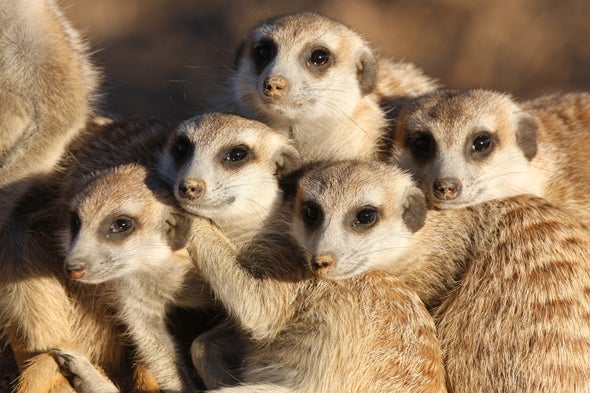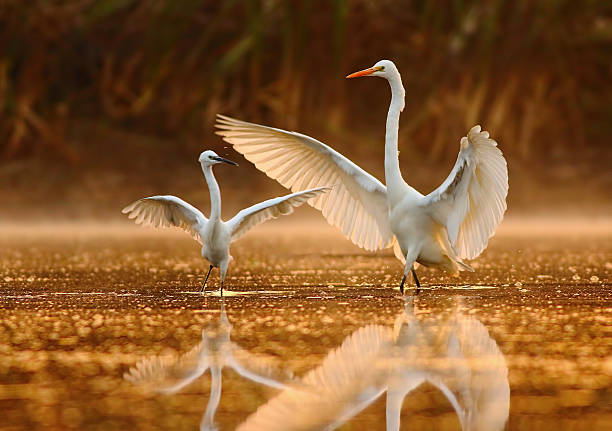Grant’s golden mole
INTRODUCTION
Hi, I am Grant’s golden mole, Has long, soft, silky fur that covers almost the entire body of Grant’s golden mole and varies from steel-grey to buff or white. We have tiny, almost invisible eyes and ears, a hard, hairless nose pad, and 3 long, broad claws on each foot. I push through loose sand as though ‘swimming”, making more permanent tunnels deeper down in the sand or near the surface is harder, more compacted soil. The Main Components of my diet are various small desert animals, from ants, termites, and beetles to lizards and Snakes. Grant’s golden mole is solitary, and probably active for short periods through the day and night. I hardly, if ever, Come to the surface except to locate a mate. The specialized desert habitat of this species is under increasing threat from mining and other human activities.
- AVG. READING TIME: 4 MINUTES
- UPDATE: 15/03/2022
DIET : Invertebrates, termites and reptiles such as skinks
HABITAT : Desert and semi-desert
SOCIAL UNIT : Individual
LOCATIONS : Southern Africa
STATUS / POPULATION : LEAST CONCERN (IUCN) Low-risk category that
includes widespread and common species.
MAMMALS: TENRECS AND GOLDEN MOLES
KEY FACTS

SCIENTIFIC CLASSIFICATION
Kingdom – Animalia
Phylum – Chordate
Class – Mammals
Order – Afrosoricida
Family – Chrysochloridae
Genus – Eremitalpa
Genus Species – E. grantigranti
INTERESTING FACTS
1- Grant’s golden moles are fusiform, but dorsoventrally flattened, and they lack an external tai
2- Their fur is softer and generally longer than any other golden mole
-
CALLING NAMES / SCIENTIFIC NAME
Calling name: Grant’s golden mole, Namib golden moles
Scientific Name: Eremitalpa granti -
COLOUR VARIATIONS
Steel-gray to buff or white
-
LIFE SPAN : CAPTIVITY / WILD
Captivity: 24 months
Wild: Not Found -
APPROXIMATE SIZE : LENGTH / HEIGHT
Length: 7.5 to 9 cm
Height: Not Found -
TAIL
None
-
WEIGHT
15 - 30 g
-
MIGRATION
No
-
SEX IDENTIFICATION
Male: Averaging 73.5 mm and 25.3 g
Female: Averaging 66.8 mm and 19.8 g -
BREEDING SEASON
October and November
-
REPRODUCTION / GESTATION PERIOD
Reproduction: 2 to 3 months
Gestation period: 4 to 6 weeks -
CLUTCH / LITTER SIZE
1 to 2 babies
-
SIMILAR SPECIES
Cape golden mole
-
LOOK A LIKE
Cat or big mouse
-
FARM ANIMAL
No
-
FOUNDED IN / DISCOVERED
Nearly 250 years ago
-
ORIGIN
Western coast of South Africa and in south western Namibia
-
DISTRIBUTION
Western coast of South Africa and in south western Namibia
-
OCCURRENCE
Families: 2
Species: 51 -
FUEL FOR LIFE / TROPHIC LEVEL
Carnivores
-
SIGNS / MARKS
crawaling marks on sand
-
PREDATORS
Snakes, owls, and mammalian carnivores are potential predators
-
AVAILABLITY IN ZOO / MUSEUM
San Francisco Zoo & Gardens
-
TO HUMANS
Are not dangerous
-
AS A PET
Not recommended
-
KIDS FAVOURITE
No


